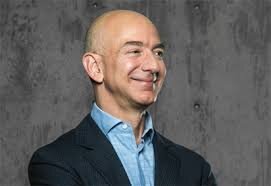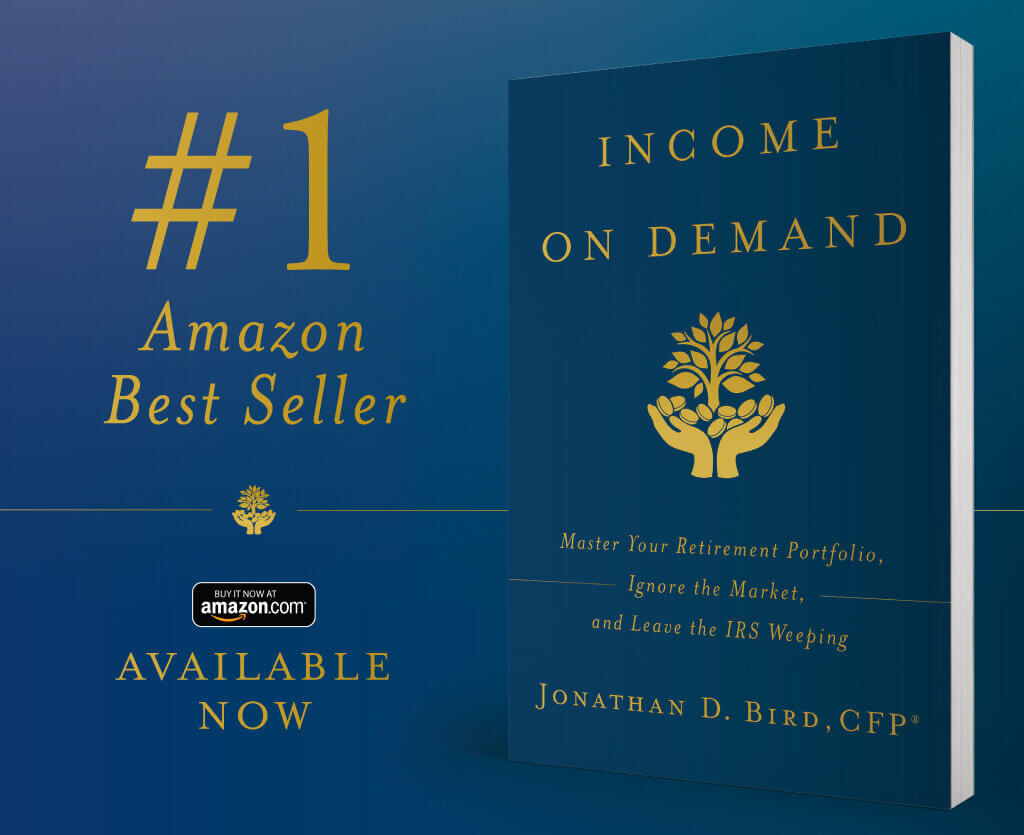In 2018, Amazon founder Jeff Bezos became the richest person in history, according to one accounting. But in one important way, he is no different than you or me. Every year, he wants income for his personal use—just as we do. Granted, his ambitions are different than ours. Each year, Bezos funds his rocket company to the tune of one billion dollars. He buys big houses, hundreds of thousands of acres, even a nationally prominent newspaper—The Washington Post—and any other great stuff that catches his eye.
The first thing to know about his finances, however, is that he does not pay for any of those remarkable things by taking a big salary. His Amazon paycheck hasn’t budged from $81,840 a year for the last twenty years. No raises for the guy who started it all!
The second thing to know—and the crucial one, for the approach to funding retirement I present in this book—is that he is not getting that income by having Amazon declare a dividend for its shareholders, which he could easily do. If he did, every one of his shareholders—perhaps you are one of them—would get an Amazon dividend check each and every quarter. Because Bezos is by far Amazon’s largest shareholder, he would get by far the biggest dividend. But he did not take that path, for very sound reasons: It could have slowed the growth of his company and lowered the value of Amazon shares each time the company paid out dividends. It could also have imposed income on shareholders who had no desire for it—and collectively cost them millions in taxes. Instead, each and every year, Bezos directs Amazon to reinvest all its cash into new opportunities to grow the business. As the value of the business grows, the stock price tends to appreciate with it. That leaves Bezos in a great position. When he needs income, he simply sells shares of Amazon.
Over the past 20 years, Bezos went from holding 117 million shares of Amazon to holding 57.5 million shares—a reduction of more than 50 percent. Yet at the same time, the value of his investment in Amazon went from $1.8 billion to over $180 billion.
To say this approach has worked well is a spectacular under- statement. Look at the benefits he’s getting from this strategy:
1. He has total control over how much income he takes and when he takes it;
2. He pays less taxes than he would if he received the same income by dividends; and
3. Despite selling shares, his principal is growing exponentially.
You might ask, how is all this possible? The answer: The price of his stock is appreciating at a faster rate than he is selling shares. In 2001 Amazon sold for $15.56 a share. When trading closed on Dec. 31, 2019, it sold for $1,847 a share. The stock was appreciating at 28.5 percent per year. At the same time, Bezos was selling about 3.7 percent of his stock per year. So, in spite of selling billions of dollars in Amazon stock, the value of his investment in the company continues to grow and grow. His ownership percentage of the business goes down every year, but the value of his principal continues to go up.
Want to learn more about how to get the same benefits that Bezos is getting in your own portfolio?
Check out my book Income on Demand on Amazon to build your financial castle.
Contact Us to learn more about how Farnam Financial can help you achieve your goals.
Jonathan Bird, CFP®
Farnam Financial LLC (“Farnam”) is a registered investment advisor offering advisory services in the State of Arizona and in other jurisdictions where exempted. Registration does not imply a certain level of skill or training. The presence of this website on the Internet shall not be directly or indirectly interpreted as a solicitation of investment advisory services to persons of another jurisdiction unless otherwise permitted by statute. Follow-up or individualized responses to consumers in a particular state by Farnam in the rendering of personalized investment advice for compensation shall not be made without our first complying with jurisdiction requirements or pursuant an applicable state exemption.
All written content on this site is for information purposes only. Opinions expressed herein are solely those of Farnam, unless otherwise specifically cited. Material presented is believed to be from reliable sources and no representations are made by our firm as to other parties’ informational accuracy or completeness. All information or ideas provided should be discussed in detail with an advisor, accountant or legal counsel prior to implementation.





